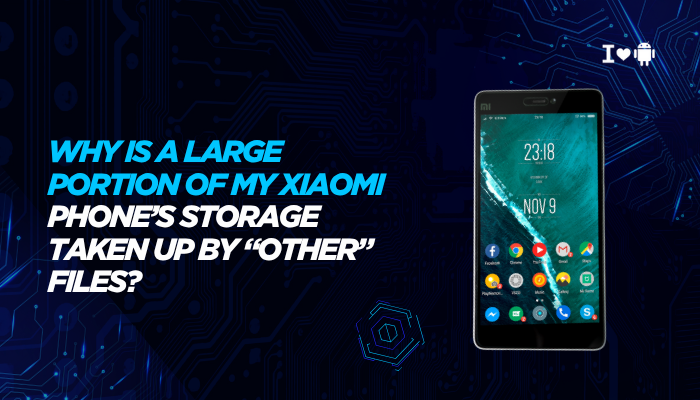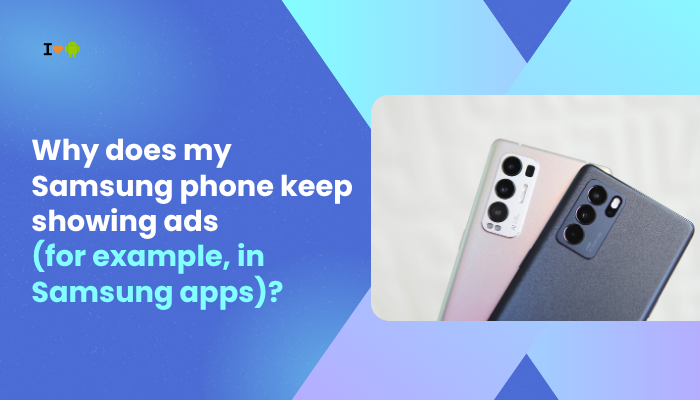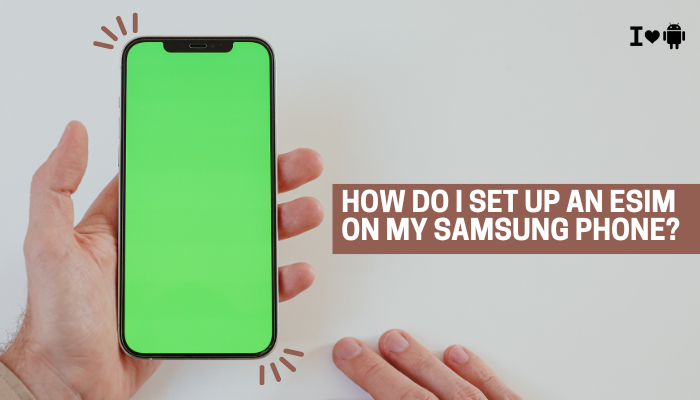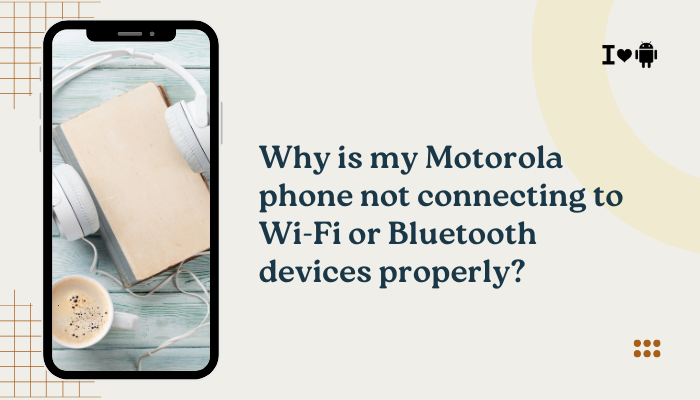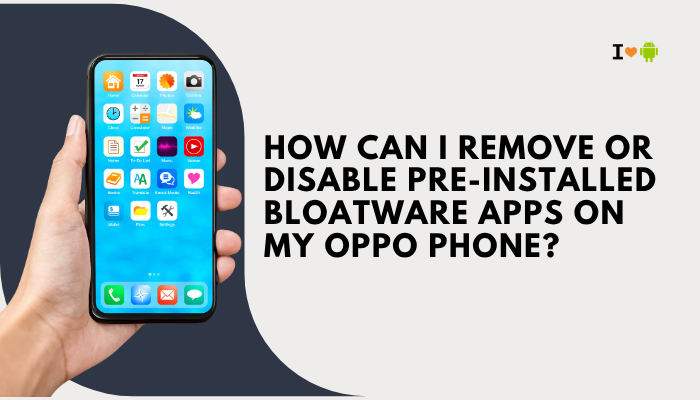Introduction
Keeping your Vivo smartphone up to date—whether it runs Funtouch OS or the newer Origin OS—ensures you get the latest features, security patches, and performance enhancements. Unlike Pixel or Samsung’s One UI, Vivo uses a staged, region-based rollout across different device tiers, carrier models, and beta tracks.
That can make it hard to know exactly when your specific device will receive the next major Funtouch/Origin OS or underlying Android version.
- How Vivo organizes software channels
- Key factors that influence update timing
- Typical rollout timelines by device series
- The four phases of Vivo’s staged updates
- Regional and carrier certification delays
- How to check for updates on your Vivo phone
- Joining beta (Early Access) programs for early releases
- Manual update methods: Local install and recovery flash
- Troubleshooting common update issues
- Tips to safely accelerate or verify your update
By the end, you’ll know where your phone sits in Vivo’s update queue—and what you can do to get the latest OS on your device sooner.
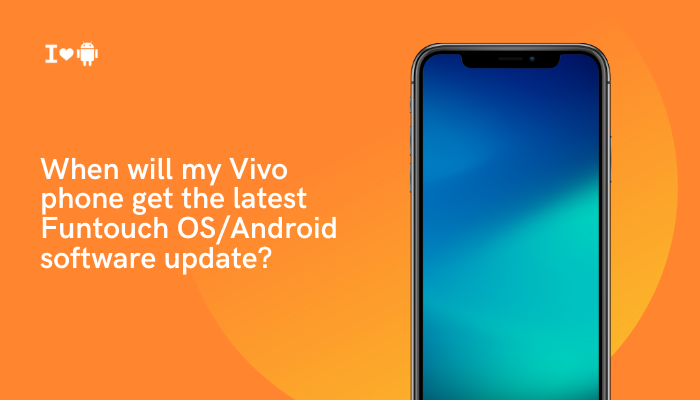
Vivo’s Software Channels
Vivo delivers OS and Android version upgrades through several distinct channels:
- Stable Channel: The default for most users; thoroughly tested builds pushed via OTA (over-the-air).
- Regional Variants: Separate builds for Global, India, Europe, China, and other markets—each undergoing local certification.
- Carrier-Locked Models: Devices sold through telecom operators (e.g., Verizon, Vodafone, Jio) receive extra network certification steps.
- Early Access (Beta) Program: Limited slots for enthusiasts who opt in to test pre-release builds. Expect bugs in exchange for early features.
- China ROM vs. Global/India ROM: China-market devices often see major feature updates first (without Google services), with Global/India following weeks later.
Your phone’s region, ROM type, and carrier determine which channel you’re on and the timing of your updates.
Factors Influencing Update Timing
Several variables affect when your Vivo phone receives the next software drop:
- Device Tier & Release Date
- Flagships (X Series, V Series): Highest priority; major Androidbase updates often within 1–3 months of Google’s release.
- Mid-Range (S and Y Series, V21/V23): Next wave—usually 2–4 months after flagships.
- Budget (Y1, Y1 Lite, U Series): Last in line—often 4–6 months after initial announcement.
- Processor Variant
- Snapdragon vs. MediaTek variants require separate builds and testing.
- Regional Certification
- Local regulatory approvals (e.g., India’s BIS, Europe’s CE) and language-pack integration can add 2–4 weeks.
- Carrier Testing
- Telecom operators validate VoLTE, VoWiFi, and network features; delays can range 4–8 weeks.
- Phased Rollout Strategy
- Even after certification, Vivo deploys updates in phases (limited, then broad) to catch and fix bugs.
- Emergency Fixes
- Critical security patches or urgent bug fixes may speed up minor updates but delay major feature rollouts.
Typical Timelines by Series
Below is a representative schedule for major Android base upgrades (e.g., Android 12, 13, 14) on Global Stable devices. Actual dates may vary by ±4 weeks.
| Series & Models | Android 12 Arrival | Android 13 Arrival | Android 14 Arrival |
| X Series (X60, X70, X80) | Mar–May 2022 | Feb–Apr 2023 | Jun–Aug 2024 |
| V Series (V21, V23, V25) | Apr–Jun 2022 | Mar–May 2023 | Jul–Sep 2024 |
| S/Y Mid-Range (S12, Y33s) | Jun–Aug 2022 | May–Jul 2023 | Sep–Nov 2024 |
| Budget (Y01, Y15) | Aug–Oct 2022 | Jul–Sep 2023 | Nov 2024–Jan 2025 |
These windows compile Vivo’s forum announcements and extensive user-reported OTA sightings.
Staged Rollout Phases
Vivo uses a four-phase rollout for stable updates:
- Internal QA & Alpha: Development team and in-house testers validate the build.
- Early Access (Closed Beta): Limited external users (<1,000) test pre-release builds for major flagships.
- Limited OTA Release: 5–20% of stable-channel devices receive the update; Vivo monitors crash rates and battery metrics.
- Broad Public Deployment: If no critical issues arise, the update expands to 100% of eligible devices over a multi-week period.
This cautious approach helps prevent widespread bugs and allows Vivo to halt rollout if a major issue emerges.
Regional and Carrier Certification
Regional Variants
- Global ROM: Pre-installed Google services; arrives shortly after Pilot builds.
- India ROM: Includes local languages, Pay integration; can follow Global by 2–3 weeks.
- Europe ROM: CE compliance, E911, emergency-call standards can add 2–4 weeks.
Carrier-Locked Models
- Carriers validate VoLTE, VoWiFi, SMS-over-IMS, and internal roaming; adds 4–8 weeks beyond the Global ROM schedule.
How to Check for Updates
Over-the-Air (OTA) Method
- Settings → System Management → Software Update (Funtouch)
- Settings → System → Software Updates (Origin OS)
- Tap Check for updates.
- If available, Download and Install, then Reboot.
Tip: Ensure you’re on Wi-Fi, battery >50%, and have ≥2 GB free storage.
Local Install via Recovery
- Download the correct Global/India ROM zip for your exact model from Vivo’s official website.
- Copy it to your phone’s root storage (e.g., /storage/emulated/0/).
- Settings → System Management (or System) → Local Update → select the zip → confirm.
- The phone will reboot and apply the update.
Manual Flash via Recovery or PC Tool
- Advanced users can use Vivo’s Flash Tool (QPST-based) or Recovery flash—follow Vivo’s official guides carefully to avoid bricking.
Joining Early Access (Beta) Programs
Vivo occasionally opens Early Access for flagship series:
- Download the Vivo Community App (or Funtouch Community).
- Navigate to Early Access or Pilot Program in News & Notices.
- Apply with your IMEI and Vivo account.
- If selected, you’ll receive beta updates—expect bugs and occasional data loss risks.
Warning: Beta builds lack full stability; backup your data and be prepared to report bugs.
Troubleshooting Common Update Issues
| Symptom | Cause | Remedy |
| No update after expected date | Phased rollout hasn’t reached your batch | Wait 2–4 weeks; optionally use VPN to region where updates arrived first |
| “No update available” despite announcement | On wrong ROM channel (Global vs. India/China) | Confirm Settings → About → Firmware version and correct channel ROM |
| OTA download fails | Insufficient storage or network interruption | Free up ≥2 GB; switch to stable Wi-Fi; clear Updater cache/data |
| Stuck on “Verifying update” | Corrupted ZIP or mismatched recovery build | Delete update.zip; re-download; use Local Install via Settings |
| Reboot loops after update | Incompatible build or data corruption | Boot to Recovery; Wipe cache partition; if needed, factory reset |
Tips to Accelerate or Verify Your Update
- VPN Region Trick (Advanced):
- Use a VPN set to a region that received the update early; then check OTA.
- Ensure Official ROM:
- Carrier-unlocked, Global/India devices get updates fastest.
- Clear Updater Data:
- Settings → Apps → Show system apps → Updater → Storage → Clear cache/data
- Free Up Storage & Battery:
- OTA requires ≥2 GB free and battery ≥50%; ensure both before checking.
- Local Install Immediately:
- If OTA lags, manually install the official zip to update right away.
Future Outlook and Best Practices
- Stay Informed: Follow Vivo’s official forums, social media, and region-specific community pages for precise rollout updates.
- Back Up Regularly: Use Settings → System → Backup & Restore (Funtouch) or Cloud services to safeguard data.
- Charge & Storage Precautions: Always meet battery and storage prerequisites before updating.
- Patience Pays Off: Phased rollouts ensure stability—waiting a few extra days can help avoid early-build bugs.
Conclusion
Vivo’s Funtouch OS and underlying Android version upgrades traverse multiple channels, regional certifications, carrier approvals, and staged phases, making a single universal date impossible.
Flagship devices typically see major Android base upgrades within 1–3 months of release, mid-range models in 2–4 months, and budget phones in 4–6 months or longer.
By understanding Vivo’s channels, phases, and regional factors, using OTA, local install, or beta programs, and following the ten troubleshooting tips, you can accurately gauge when your Vivo phone will update—and even take steps to accelerate the process safely. With these insights, you’re equipped to navigate Vivo’s update landscape with confidence and enjoy the latest software features as soon as

